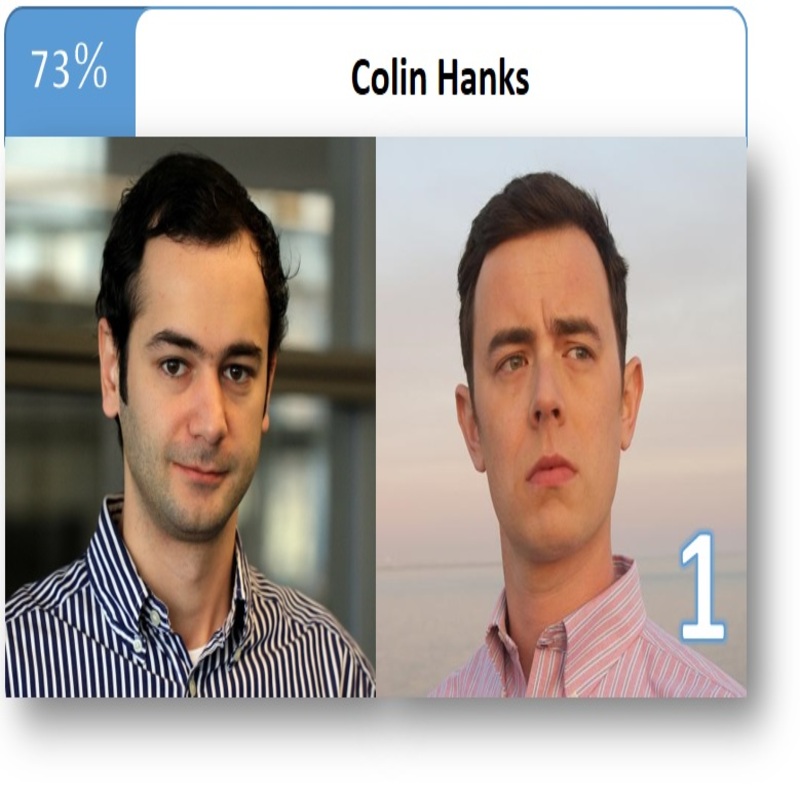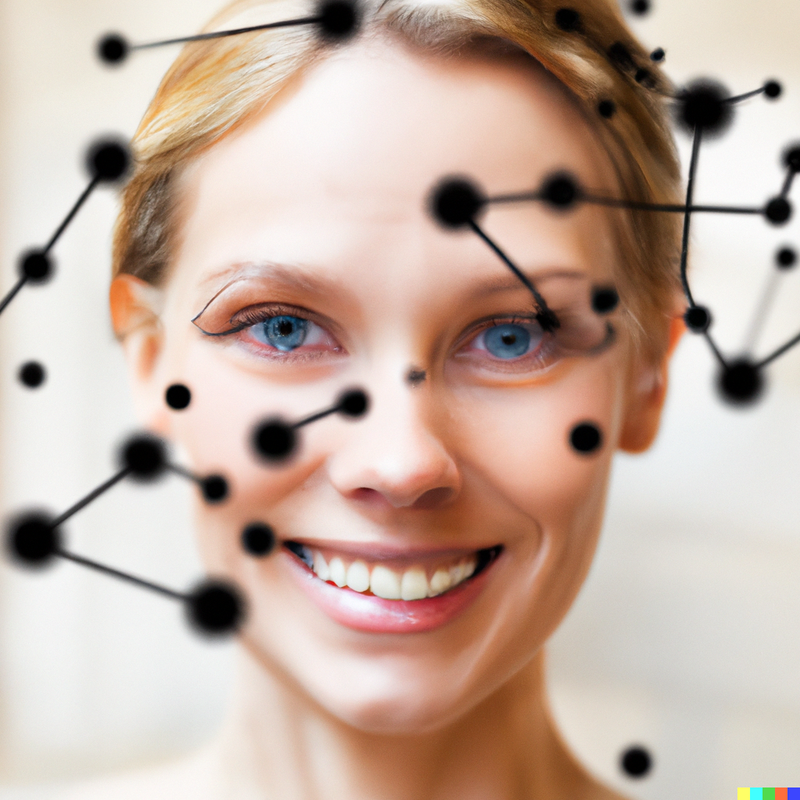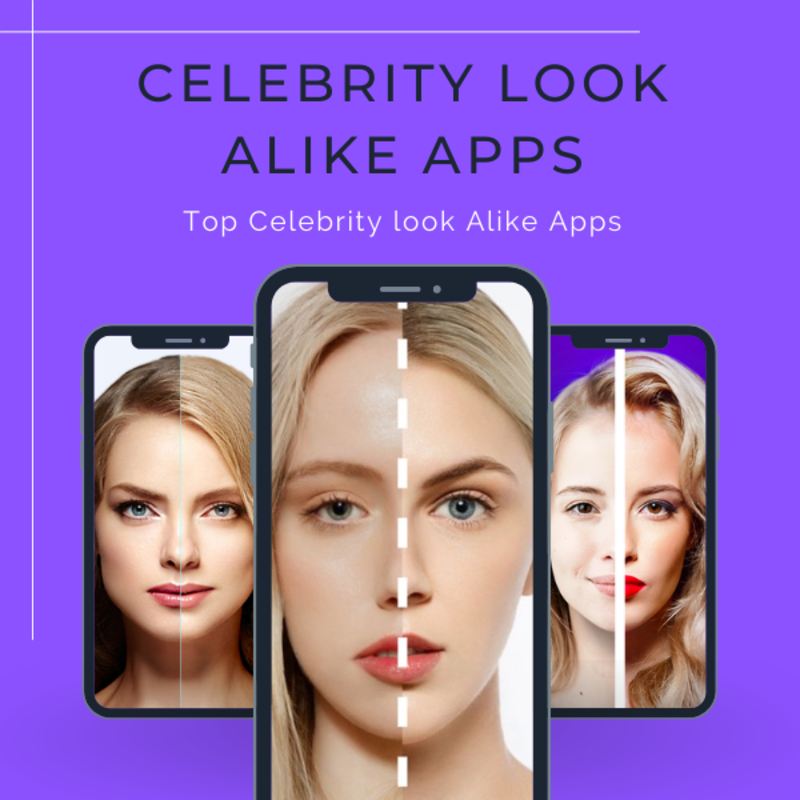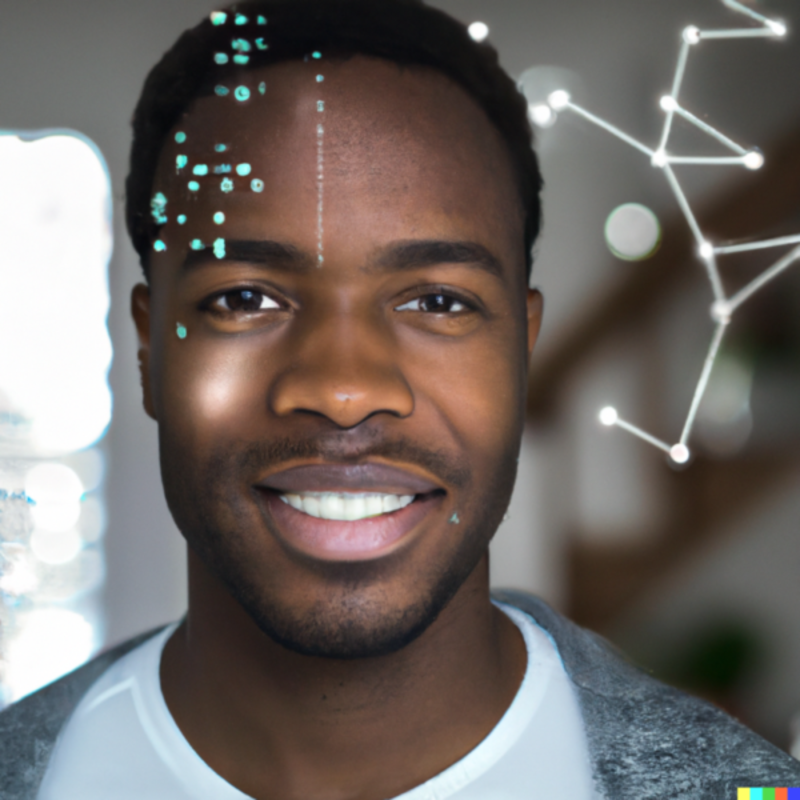The allure of celebrity culture has always captivated the masses, and the notion of finding one’s doppelgänger adds another layer of intrigue. Celebrity look-alike face recognition technology leverages advancements in artificial intelligence and machine learning to match ordinary faces with those of celebrities. This technology has gained popularity through various apps and platforms, engaging users in a fun and interactive way. Therefore, understanding the principles, applications, and ethical considerations of celebrity look-alike face recognition can provide valuable insights into this entertaining yet complex technology. This comprehensive guide explores the mechanics behind the technology, its diverse applications, and the potential ethical issues it raises. By following these insights, you can appreciate the creativity and innovation behind celebrity look-alike face recognition.
Understanding the Technology Behind Celebrity Look-Alike Recognition
Celebrity look-alike face recognition involves sophisticated algorithms and machine learning techniques to identify similarities between faces. Therefore, exploring the core technology is essential for understanding its functionality.
AI and Machine Learning
Artificial intelligence (AI) and machine learning are the backbone of celebrity look-alike face recognition technology. Machine learning models are trained on vast datasets of celebrity images, learning to recognize distinctive facial features and patterns. Convolutional Neural Networks (CNNs), a type of deep learning architecture, are often used to analyze and classify images. These networks can detect and extract key facial features such as eyes, nose, mouth, and facial contours. The algorithm then compares the input image with the celebrity dataset to find the closest match. Therefore, recognizing the role of AI and machine learning highlights the complexity and sophistication of the technology.
Facial Feature Extraction
Facial feature extraction is a critical step in the face recognition process. This step involves identifying and analyzing key points on the face, known as facial landmarks. These landmarks include the positions of the eyes, eyebrows, nose, mouth, and jawline. Advanced algorithms measure the spatial relationships between these points, creating a unique facial signature for each individual. This signature is then used to compare and match faces within the celebrity database. Therefore, understanding the importance of facial feature extraction ensures accurate and reliable look-alike matches.

Applications of Celebrity Look-Alike Face Recognition
Celebrity look-alike face recognition technology has found its way into various applications, offering entertainment, marketing, and personalization opportunities. Therefore, exploring these applications highlights the versatility and appeal of the technology.
Mobile Apps and Social Media
Mobile apps and social media platforms are among the most popular applications of celebrity look-alike face recognition technology. Apps like Gradient, StarByFace, and Look-Alike utilize this technology to provide users with fun and engaging experiences. Users can upload their photos, and the app identifies their celebrity look-alike within seconds. These apps often go viral, with users sharing their results on social media, sparking conversations and interactions. The widespread appeal of these apps lies in the blend of entertainment and technology, making it accessible to a broad audience. Therefore, recognizing the significance of mobile apps and social media underscores the technology’s influence in modern digital culture.
Marketing and Advertising
In marketing and advertising, celebrity look-alike face recognition can create personalized and engaging campaigns. Brands can use this technology to connect with their audience by offering customized experiences. For example, a marketing campaign could allow users to see which celebrity they resemble, using the results to recommend personalized products or services. This approach creates a sense of connection and personalization, enhancing customer engagement and loyalty. Additionally, using look-alike technology in advertising can capture attention and generate buzz, making campaigns more memorable. Therefore, understanding the applications in marketing and advertising highlights the potential for creative and impactful strategies.
Ethical Considerations in Celebrity Look-Alike Face Recognition
While celebrity look-alike face recognition offers fun and innovative applications, it also raises several ethical considerations. Therefore, exploring these ethical issues is essential for responsible use of the technology.
Privacy Concerns
Privacy is a significant ethical concern with celebrity look-alike face recognition technology. The process involves capturing and analyzing individuals’ facial images, leading to potential privacy violations. Users must be informed about data collection, storage, and usage, with clear consent mechanisms in place. Additionally, there is a risk of data breaches and unauthorized access, compromising individuals’ privacy. Ensuring robust data protection measures and compliance with privacy regulations, such as GDPR, is essential to address these concerns. Therefore, recognizing the importance of privacy underscores the need for responsible and transparent use of the technology.
Misuse and Harm
The misuse of celebrity look-alike face recognition technology can lead to harm and negative consequences. The technology could be exploited for identity theft, harassment, or unauthorized use of personal images. Additionally, inaccurate matches or biased algorithms may lead to false associations, causing discomfort or harm to individuals. Addressing potential biases in training datasets and implementing ethical guidelines can mitigate these risks. Therefore, understanding the potential for misuse and harm emphasizes the importance of ethical considerations and safeguards in deploying the technology.

Future Developments in Celebrity Look-Alike Face Recognition
The field of celebrity look-alike face recognition is continually evolving, with advancements and innovations on the horizon. Therefore, exploring future developments highlights the potential and direction of the technology.
Improved Accuracy
Future developments aim to improve the accuracy and reliability of celebrity look-alike face recognition technology. Advancements in AI and machine learning algorithms can enhance the precision of facial feature extraction and matching processes. Incorporating multi-modal data, such as voice and behavioral patterns, can provide a more comprehensive understanding of similarities. Additionally, expanding and diversifying training datasets can reduce biases and improve performance across different demographics. Therefore, recognizing the potential for improved accuracy ensures continued innovation and effectiveness of the technology.
Integration with Augmented Reality
Integrating celebrity look-alike face recognition with augmented reality (AR) can create immersive and interactive experiences. Users can see their faces transformed in real-time to resemble their celebrity look-alikes, using AR filters and effects. This integration can enhance the entertainment value and engagement of the technology, offering new ways to interact with digital content. AR-driven experiences can be applied in virtual try-ons, virtual reality games, and personalized marketing campaigns. Therefore, understanding the potential for AR integration highlights the creative and experiential possibilities of the technology.
Challenges and Limitations
Despite its advancements, celebrity looks alike face recognition technology faces several challenges and limitations. Therefore, exploring these challenges is essential for understanding the current state and future direction of the technology.
Variability in Appearances
One of the significant challenges in celebrity look-alike face recognition is the variability in human appearances. Factors such as age, makeup, hairstyles, and facial expressions can alter the appearance of individuals, affecting the accuracy of matches. Additionally, cultural and ethnic diversity can introduce variations that may not be well-represented in training datasets. Developing robust algorithms that account for these variabilities is crucial for accurate and reliable matches. Therefore, recognizing the significance of variability in appearances highlights the need for continued research and improvement in the technology.
Computational Complexity
The computational complexity of celebrity look-alike face recognition technology is another challenge. Analyzing high-resolution images and processing large datasets require significant computational resources and time. Real-time processing demands further increase the computational burden, affecting performance and efficiency. Optimizing algorithms for faster and more efficient processing while maintaining accuracy is an ongoing challenge. Therefore, understanding the importance of addressing computational complexity emphasizes the need for efficient and effective solutions.

The Fascination and Appeal of Look-Alike Technology
The fascination and appeal of celebrity looks alike face recognition lie in its ability to connect people with popular culture. Therefore, exploring this allure helps appreciate the technology’s impact on our social lives.
Social Interaction
Celebrity looks alike face recognition promotes social interaction and engagement. Users enjoy sharing their look-alike results on social media, sparking conversations and interactions with friends and followers. This shared experience creates a sense of connection and community, as people relate to one another through their celebrity matches. The technology brings joy, humor, and curiosity, making it a popular activity for social engagement. Therefore, recognizing the social appeal underscores the technology’s role in enhancing human interactions.
Personalization and Identity
The technology also taps into the desire for personalization and identity exploration. Finding a celebrity look-alike allows individuals to see themselves in the context of popular culture, creating a sense of belonging and identity. This personalized experience enhances users’ emotional engagement, making the technology more appealing and memorable. Additionally, the ability to explore different matches and identities adds to the fun and intrigue. Therefore, understanding the significance of personalization and identity highlights the emotional and psychological appeal of the technology.
Conclusion
Understanding celebrity looks alike face recognition involves exploring the technology’s principles, applications, ethical considerations, and future developments. Proper knowledge ensures responsible and engaging use of the technology.
Exploring elements like AI, machine learning, and facial feature extraction provides valuable insights into the technology’s functionality. Recognizing the significance of applications in mobile apps, social media, marketing, and advertising further enriches the understanding.
By engaging with ethical considerations, challenges, and the technology’s appeal, you can appreciate its current state and potential impact. Therefore, whether you are a casual user, marketer, or technology enthusiast, understanding these aspects offers practical and valuable insights. Embrace the opportunity to explore celebrity looks alike face recognition, knowing you have the knowledge and resources to engage responsibly and creatively with this fascinating technology!


